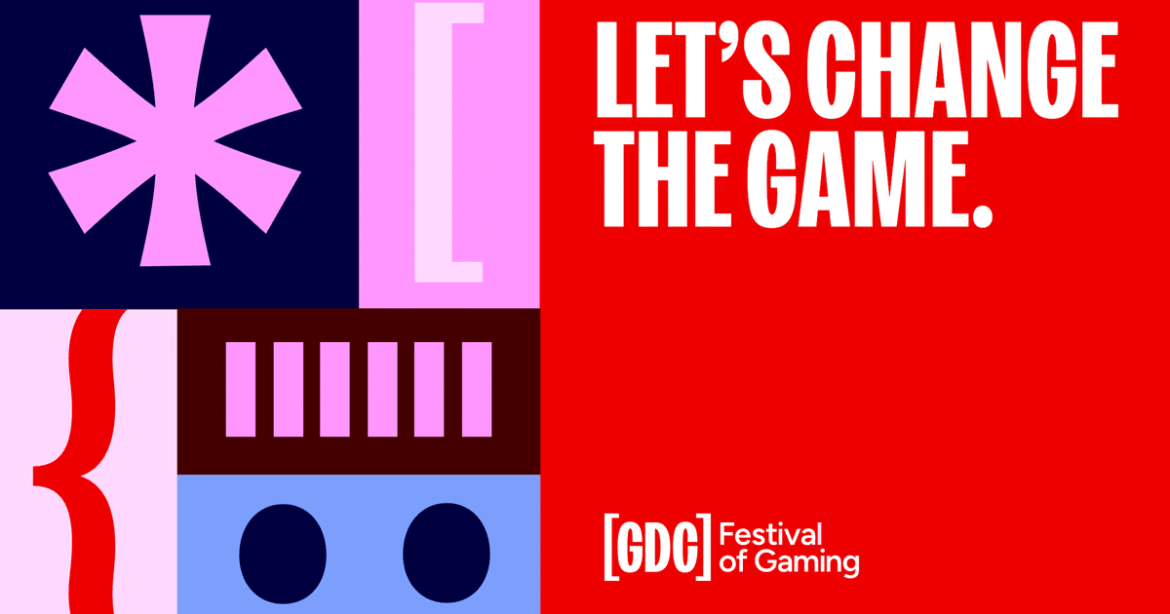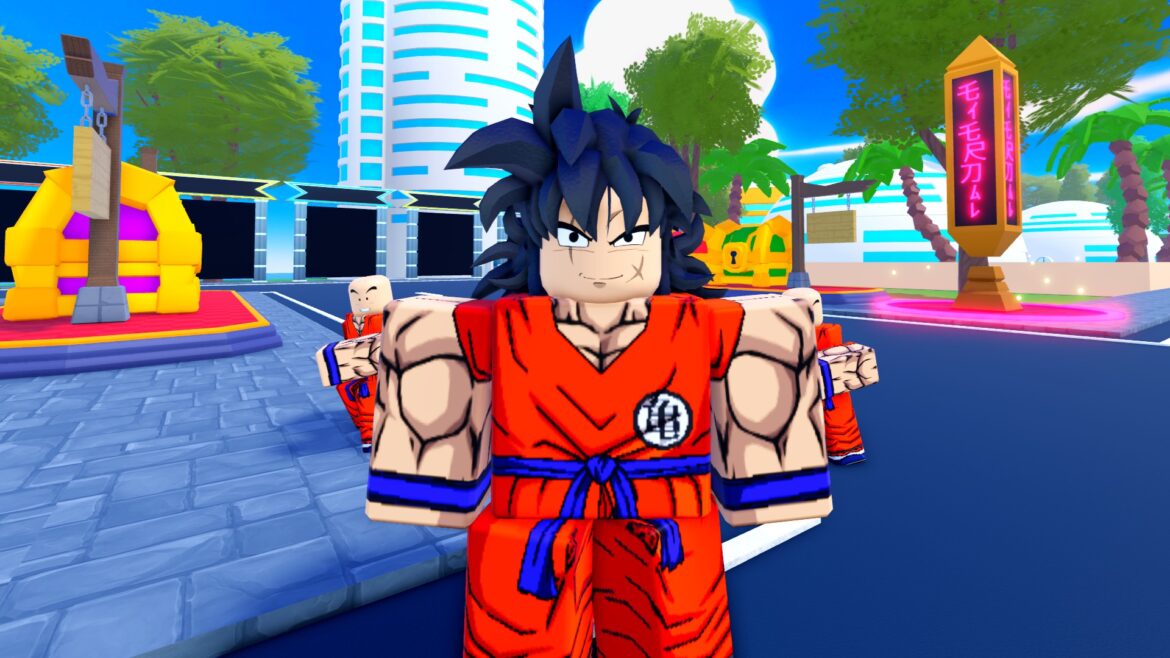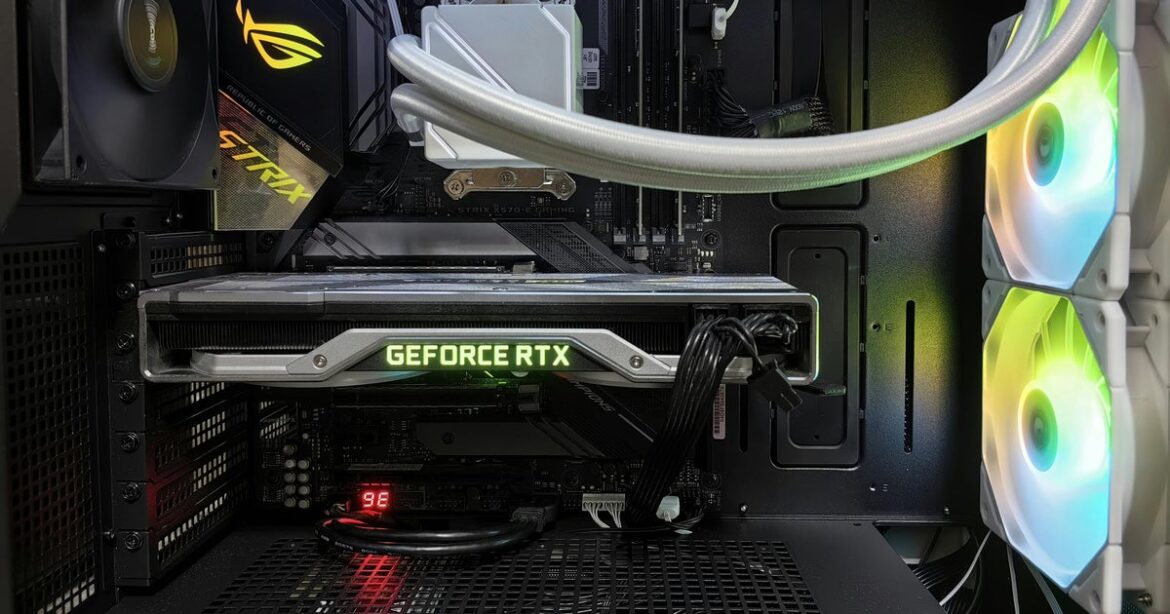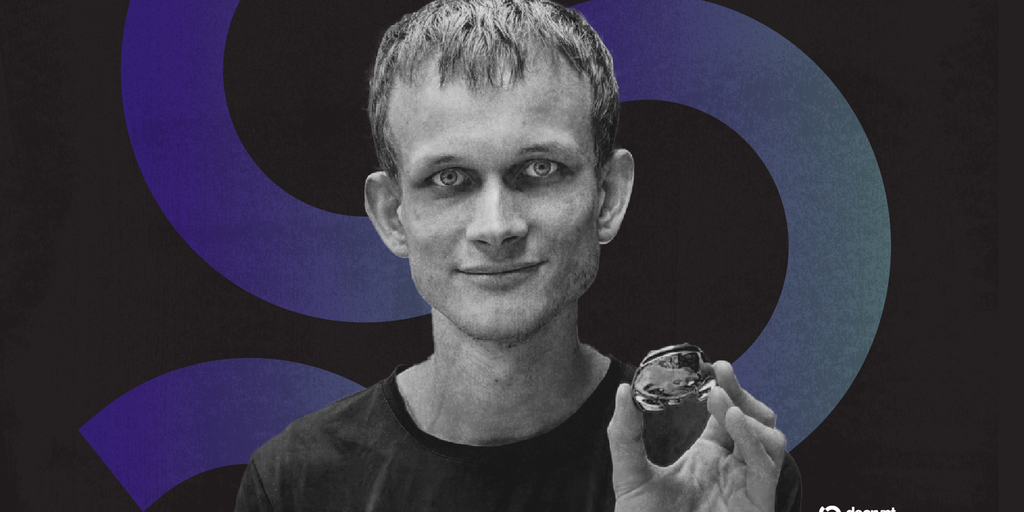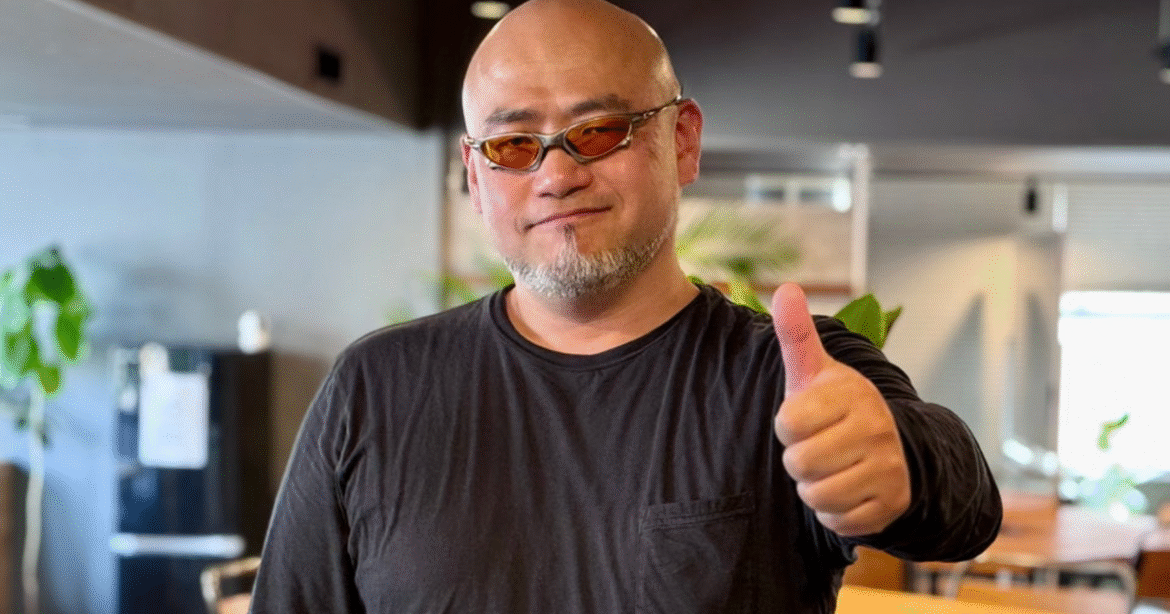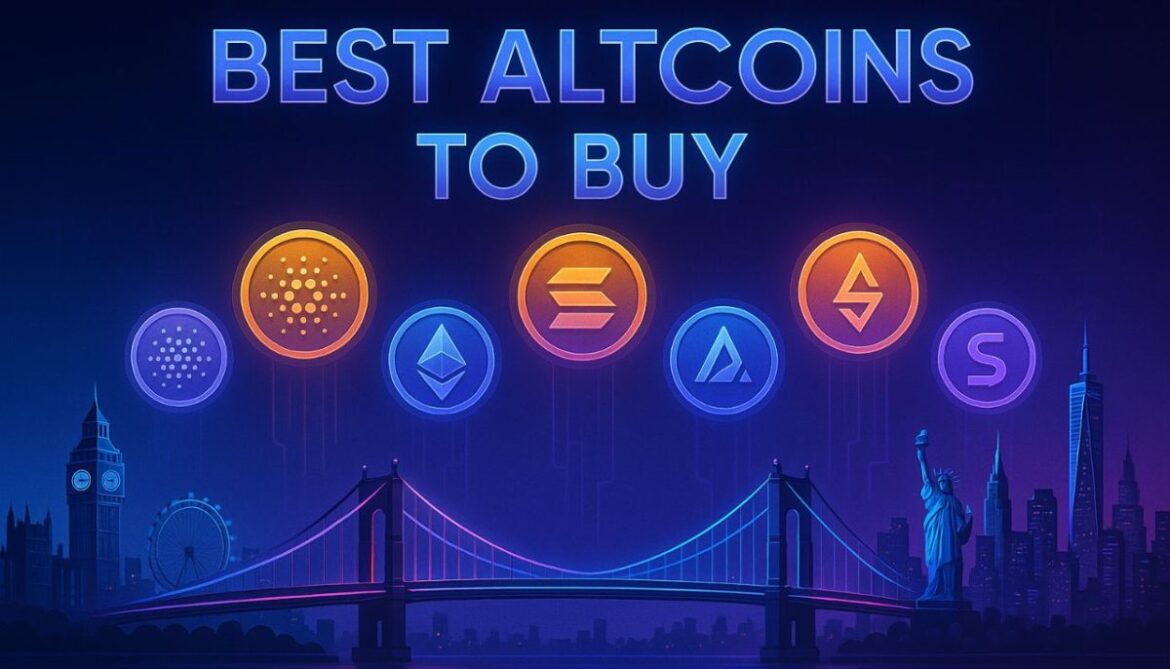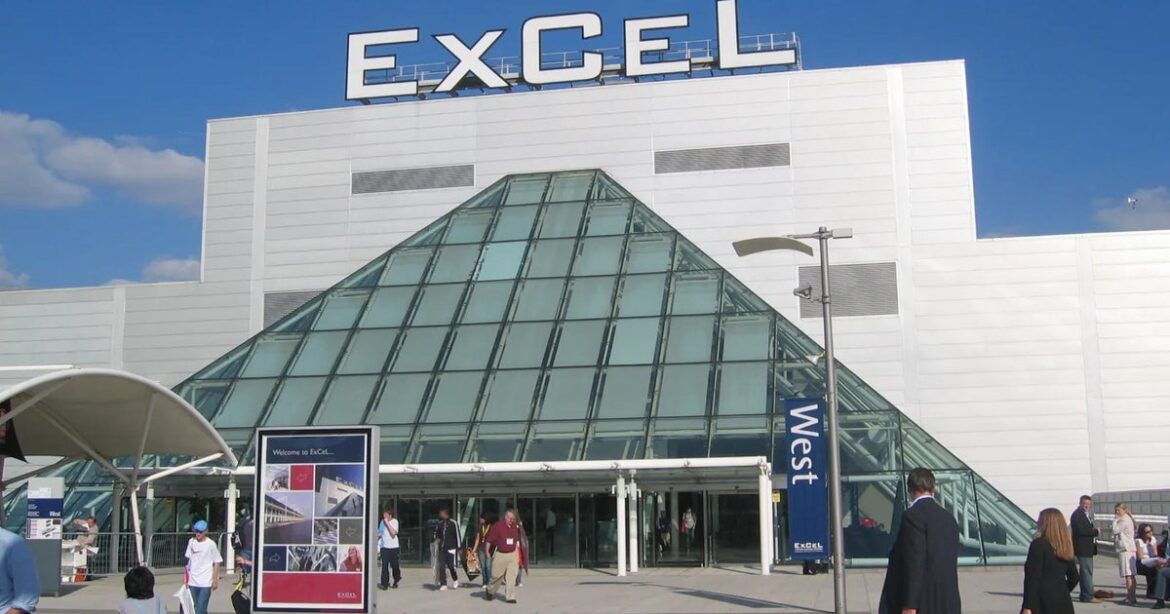The Game Developer Conference is rebranding as GDC Festival of Gaming, with the next event taking place March 9-13, 2026, in San Francisco, California.
Announcing the change on social media, the organization claimed it was “changing the game” as “the industry is changing and so are we.”
“The landscape has transformed. Budgets are tighter. Attention is fractured. Discovery is harder than ever. New tech and tools have redefined who can create. Our community needs more connection, visibility, and support,” the organizers explain.
“The Festival of Gaming exists to meet your needs — bringing the entire industry together at a moment that matters. More Connection. More Opportunity. More Relevance.
“From conference to industry game changer, [GDC is] the full game-making journey, in one place.”
There will be a new pass structure for March 2026’s event, with “more access” and “no more trade-offs” so full access is “the baseline – not the exception.” The Festival Pass replaces All Access at a “dramatically” lower price, with start-up and academic discounts available.
The next GDC conference — now GDC Festival of Gaming, of course — is scheduled to take place from March 9, 2026 to March 13, 2026 at San Francisco’s Moscone Center.
The organizers of this year’s Game Developers Conference revealed that almost 30,000 people were in attendance. This matches 2024’s figure, but there was an increase in exhibitors at San Francisco’s Moscone Center from 325 to 400.
Over 1,000 speakers took part in the event, which hosted 750 sessions, workshops, roundtable discussions, and networking opportunities. GDC 2025 also introduced the first annual GDC Nights after-hours event, which ran on March 17 and March 20, which welcomed more than 6,000 attendees.

